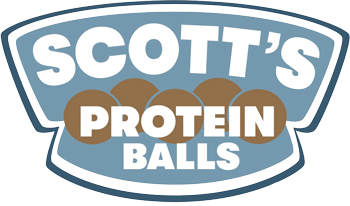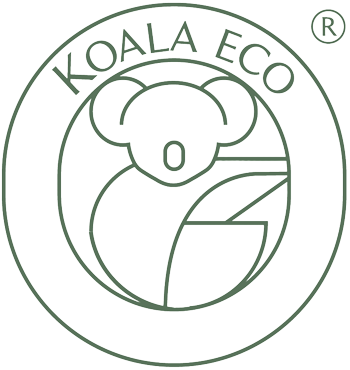Which Christmas tree is greener, real or artificial?
Environmentalists say each type of tree has its benefits and drawbacks.
Environmental advocates say there are benefits and risks with either.
Real trees
People don’t have to worry that buying a fresh Christmas tree will clear-cut the forest, according to the National Christmas Tree Association, which represents tree farmers.
Christmas trees are sustainably grown on farms, often on scrubby land that’s not good for other crops, said pediatrician Alan Greene, author of Raising Baby Green: The Earth-Friendly Guide to Pregnancy, Childbirth, and Baby Care.
While they’re growing, evergreens produce oxygen and absorb carbon dioxide, which helps reduce greenhouse gases, says Alicia Voorhies, co-founder of thesoftlanding.com, a website devoted to green living.
Related: Other simple ways to have a greener Christmas
The biggest downside to a real tree? Many are grown with pesticides, Voorhies says.
Trees that are more susceptible to pests, such as Fraser firs, may need heavier pesticide treatment than others, says Jeff Gearhart of the Ecology Center, a Michigan-based advocacy group.
Locally grown, pesticide-free trees are becoming easier to find, however, Voorhies says. And she notes that many communities pick up Christmas trees for free and recycle them into mulch.
Some environmentalists advocate buying a live tree, which can be replanted in the spring. Keeping a Christmas tree alive all winter, however, isn’t always easy. Greene, who lives near San Francisco, says his have never survived long enough to replant.
One solution? Some services actually rent live, potted Christmas trees, delivering them to your door before the holidays. The same companies then pick up the tree after Christmas and replant them in the woods.
Artificial trees
Artificial trees have some environmental appeal, because they can be re-used for decades, Greene says.
But artificial trees raise other environmental questions, he says.
Most plastic trees are made with PVC, or polyvinyl chloride, which often contains lead as a stabilizer, and they’re often treated with chemical flame retardants, which have been linked to a number of health problems, Voorhies says. A small number of artificial trees are made with a safer alternative, called polyethylene plastic, she says.
The American Christmas Tree Association, which represents the artificial tree industry, notes that PVC has some environmental advantages. Producing PVC uses only 70% of the energy needed to make other plastics, which “translates into less carbon dioxide emissions, making it more environmentally friendly.”







